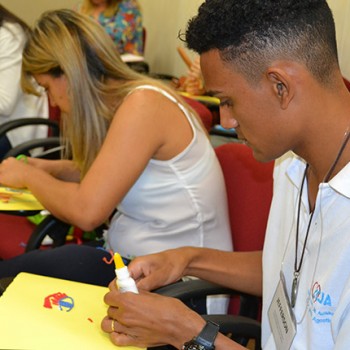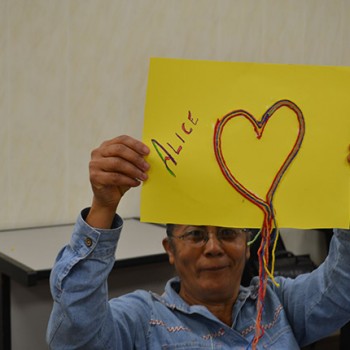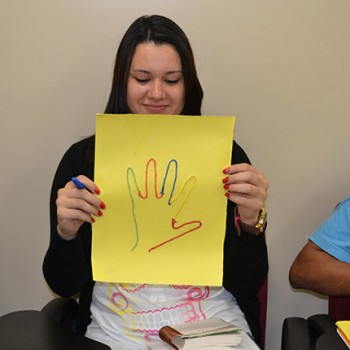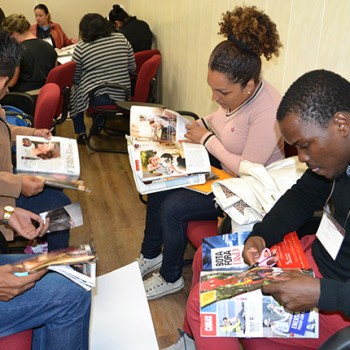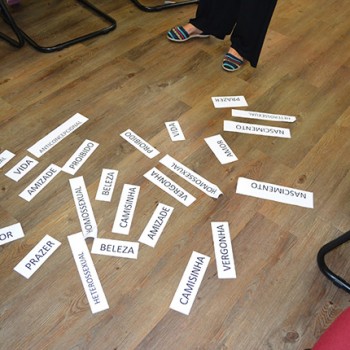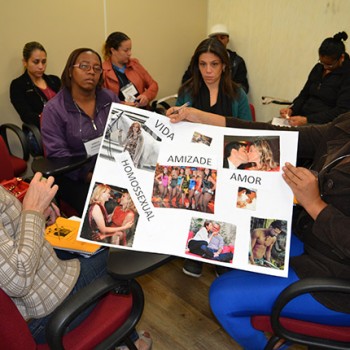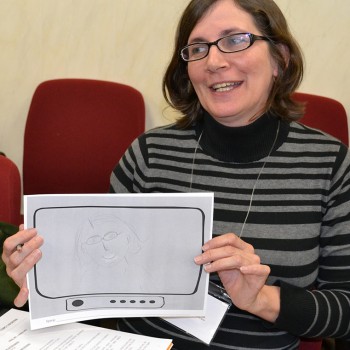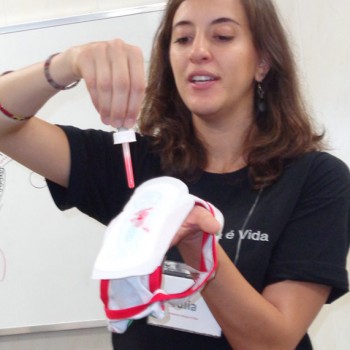“Sexuality is an integral part of the personality of every human being. It is a basic need and an aspect of human beings that cannot be separated from other aspects of life… Sexuality influences thoughts, feelings, actions and interactions and consequently our physical and mental health. If health is an essential human right, sexual health must also be recognized as a basic right.”
World Health Organization, 1975
This project was born to meet institutional demands and has a very important social role to play. It is a pioneering initiative for this age group.
The sex education projects of the Instituto Criança é Vida (Child is Life Institute) are directed at three age groups:
- Time of discovery – 7 to 9 years of age.
- Time of change and responsibilities – 10 to 12 years of age.
- Issues of adolescence – 13 to 15 years of age.
Its purpose is to help children and adolescents obtain the knowledge they need to allow them to exercise their sexuality with pleasure and responsibility in the future.
They were prepared in order to meet the very specific demands of the communities:
- Children and adolescents have been exposed early to sex, since families share the same rooms;
- Children and adolescents must understand and respect their bodies and develop responsible attitudes about sexuality;
- There is also a lack of information and orientation, which leads to a high rate of unplanned pregnancies among adolescents, sexually transmitted diseases, low self-esteem, violence against women and sexual exploitation;
- There is a lack of high-quality materials on the topic in institutions.
Specific project objectives:
- Help children and adolescents obtain the knowledge they need to allow them to exercise their sexuality with pleasure and responsibility in the future.
- Understand their bodies well, have a positive image of them and care for their health;
- Avoid sexual relationships of a coercive and exploitative nature;
- Avoid unplanned pregnancies, seek orientation and use contraceptive methods;
- Unify knowledge;
- Offer high-quality materials to partner institutions.
Strategic Alliance:
The projects were prepared by Célia Regina Ramos Siqueira, a biologist, and the technical review was made by Carmita Helena Najjar Abdo, M.D. and Professor, General Coordinator of the ProSex – Projeto Sexualidade (Sexuality Project) from Institute of Psychiatry from Faculdade de Medicina da USP.


